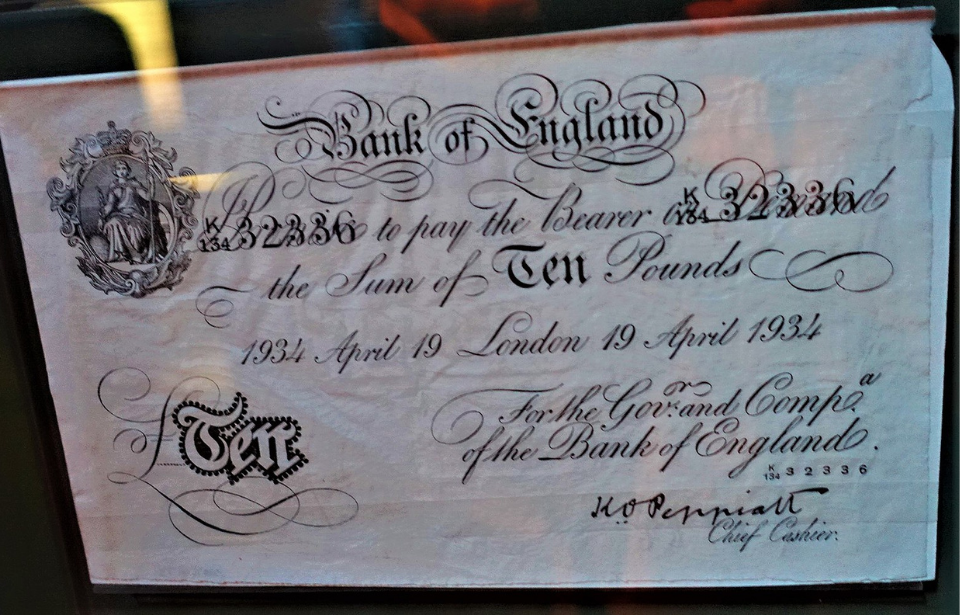There has never been a time in history when war wasn’t costly. Of course, it’s costly in terms of death and destruction, but it’s also enormously expensive to feed and clothe troops, keep them outfitted with the latest weaponry and, in modern times, to purchase the latest tanks and planes.
Counterfeiting has been observed in almost all battles in American history. The fake money, however hasn’t shown up because of the general costs of things. The counterfeiting operations have been more of a ploy to disrupt the enemy’s economy of spirit.
The British Army and “shoving”
When the American Revolution began, the colonists knew they needed to fund the effort. In order to do so, the Continental Congress commissioned a new currency. Paul Revere was one of the people charged with printing the cash. The British Army, still curious about what kind of fight the colonists could put up, saw a way to disrupt the Americans without risking a battle. Two Tory loyalists living in the states, David Farnsworth and John Blair, were tasked with counterfeiting the money.
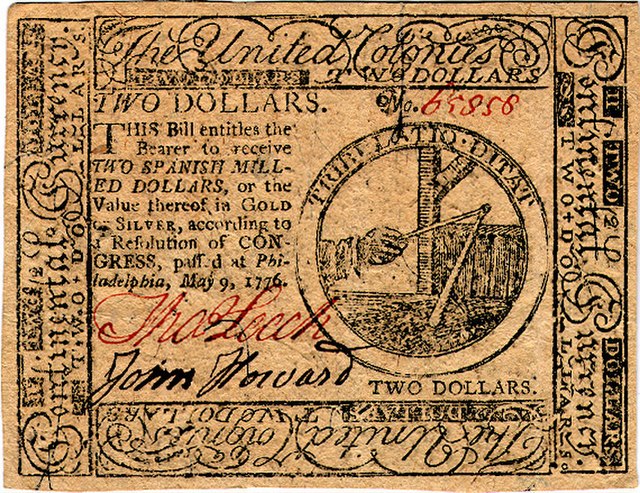
What Blair and Farnsworth were doing was called “shoving.” The practice involved flooding the market with fake bills to undermine the colonist’s faith in the currency. However, it didn’t take long for the two men to be captured. When arrested, they had $10,000 in fake money.
The men were convicted of “being found about the Encampment of the Armies of The United-States as Spies and having a large sum of counterfeit Money about them which they brought from New-York,” and hanged in November 1778.
Sam and his Southern bucks
Sam Upham was a Philadelphia entrepreneur who decided to make some money by selling copies of Confederate $5.00 bills during the American Civil War. Upham intended no malice. In fact, he was pretty transparent about what he was doing.
The fake bills were actually of a much higher quality than the Confederacy‘s actual currency, and he was so proud of his phoney notes that he put his name and address on the bills. He sold them for a penny each, as a “memento of the rebellion.”
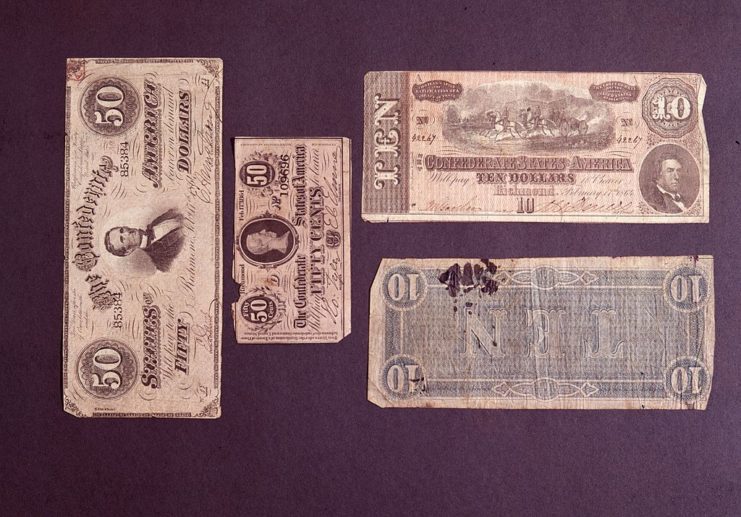
Southern troops, though, tried to take advantage of the bills. Some bought up sheets and used them throughout the war to buy supplies. As a result, the Confederacy placed a $10,000 bounty on Upham’s head. The Union Army eventually stepped in and put a stop to Upham’s counterfeiting, as the North was worried the Confederacy would retaliate by creating their own fake currency and crashing their wartime economy.
The German counterfeiting scheme
As the tides started to turn in World War II, the Germans hoped to counteract Allied success by crashing the British economy. They planned to do so with fake British notes. The scheme’s name? Operation Bernhard. To make things even worse, they used concentration camp prisoners to create the fake money.
Bills in the following denominations were made: £5.00, £10.00, £ 20.00 and £50.00. By the end, nine million bills were printed, totaling an estimated £134 million (totals vary depending on the source).
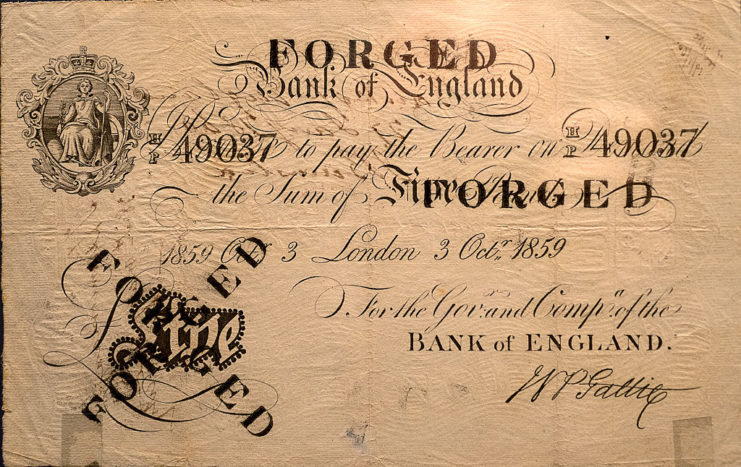
The Germans originally planned on getting the bills into Europe by dropping them from Luftwaffe bombers. Instead, they used agents to spread the bills throughout British banks. They also hoped to expand their plan to include $100.00 American bills as well, but they had already lost the war before getting started on that form of currency.
As the camps were liberated, the Germans planned on killing the prisoners forced into becoming forgers. The Allied forces, however, were able to rescue them before that could happen. A 2007 Austrian film, The Counterfeiters, was made about the operation.
Saddam Hussein and Operation Desert Storm
The US got into the counterfeiting business during Operation Desert Storm. The intention, though, was not to undermine the Iraqi economy, but to convince the nation’s soldiers they were fighting a pointless war. The fake Iraqi Dinar notes were a form of propaganda. They had phrases on them meant to break the spirit of the opposing soldiers, like, “Saddam lives in luxury while you and your family starve.”
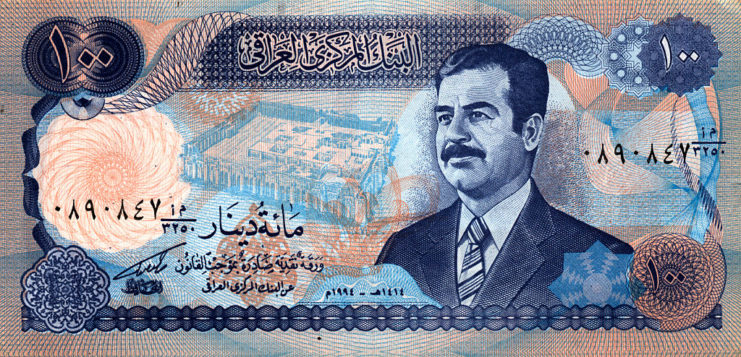
Other notes had instructions about how soldiers could surrender to the American coalition and where to find water, food and medicine. The bills were dropped from planes, and the decision to have them look like bills rather than leaflets was a strategic one; it was much more likely that Iraqi soldiers would pick up paper that looked like money.
